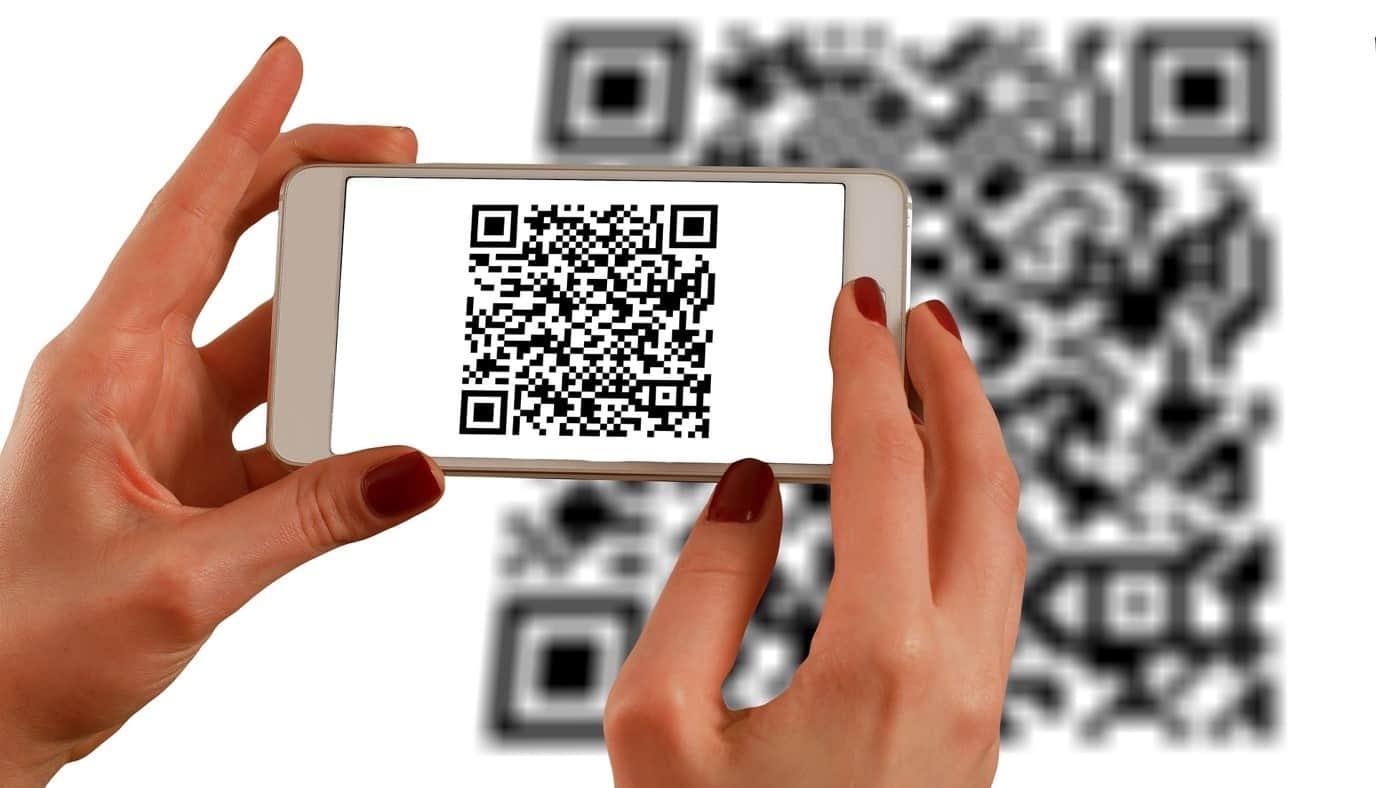What is QR code ?
Created on 24 February, 2024 • 69 views • 2 minutes read

QR code, also known as Quick Response code, is a two-dimensional barcode that is designed to be scanned and read by smartphones and other devices with a camera. It was first created in 1994 for the automotive industry in Japan to track vehicles during the manufacturing process. However, it gained widespread popularity in recent years due to its use in various industries such as marketing, payment, and inventory management.
A typical QR code consists of black and white squares arranged in a square grid on a white background. It can store a large amount of information, including website links, text, and contact information. QR codes can be easily generated and can be placed on various surfaces such as posters, business cards, product packaging, and even clothing.
The process of using a QR code is simple. All you need is a smartphone with a camera and a QR code scanning app. The app uses the camera to scan the code, and once it is recognized, it will automatically take you to the information stored in the code. For example, if the QR code contains a website link, the app will open the link in your phone's web browser.
One of the main benefits of QR codes is their versatility. They can be used for a variety of purposes, making them an essential tool for businesses and individuals. For instance, in marketing, QR codes can be used to redirect customers to a company's website, social media pages, or YouTube videos. This allows businesses to easily promote their products and services and provide customers with more information about their brand.
In the retail industry, QR codes are used for contactless payments. Customers can simply scan the code displayed at the checkout counter, and the payment will be made through their mobile wallets. This not only makes the payment process faster and more convenient but also eliminates the need for physical contact, making it a safer option during the ongoing pandemic.
QR codes are also widely used in inventory management. Companies can use them to track their products and monitor their movement from the warehouse to the retail outlets. This helps businesses to efficiently manage their inventory and reduce the risk of stockouts.
Apart from business uses, QR codes also have many practical applications for individuals. They can be used to store personal information, such as contact details, medical information, and emergency contacts, making it easy for others to access this information in case of an emergency. QR codes are also used in events and conferences to provide attendees with easy access to event schedules, speaker bios, and other relevant information.
While QR codes offer numerous benefits, like any other technology, they also have some limitations. One of the main challenges is the need for a smartphone and a QR code scanning app. If a person does not have a smartphone or is not familiar with QR codes, they may not be able to access the information stored in the code. Moreover, QR codes can also be easily replicated, which can lead to potential security risks.
In conclusion, QR codes have become an essential part of our daily lives, offering a quick and convenient way to access information. They have revolutionized the way businesses and individuals interact with each other, making tasks such as payments, marketing, and inventory management more efficient and seamless. As technology continues to advance, it is safe to say that QR codes will continue to evolve and find new applications in various industries.
Popular posts
-
-
-
What is QR code ?• 69 views